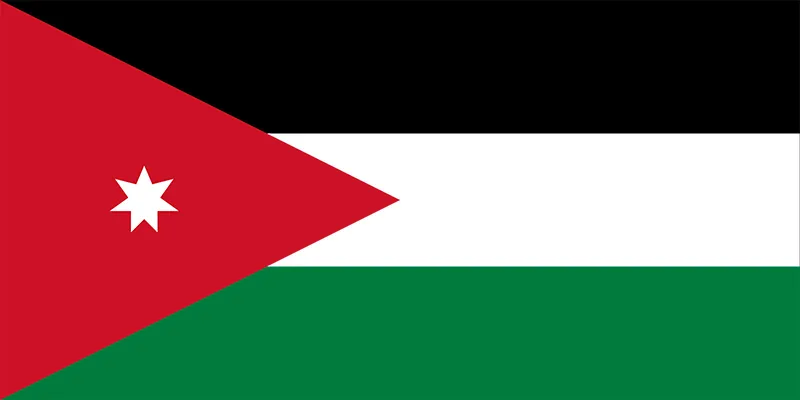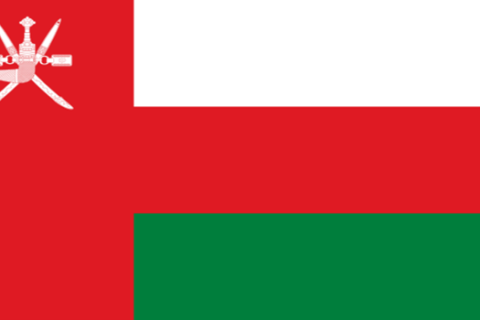Modern day trademark law is considered one of the most extensive and valuable legislation in Jordan as it has a significant effect on consumers, businesses and foreign direct investment. Trademark laws were explicitly introduced in Jordan in the 1950s. Prior to that, trademarks were regulated via Ottoman or Jordanian laws which discussed trademarks but did not emphases it. Having been under British colonization, the first trademark law in Jordan was inspired by the UK trademarks act. During the 1950s, besides updating the trademark law, Jordan also signed several international treaties such as, WIPO, NICE, Paris Convention and TRIPS. In line with ratification requirements, Jordan has amended and modified most of its laws in order to be an active and effective members of the treaties ratified and in order to be an effective and serious member of the WTO.
The first trademark law in Jordan which was issued in 1952 comprised of legislation dating back to the 1930’s which embraced the registration and renewal of trademark. While a true modern law at the time, the Jordan trademark law of 1952 did not allow the classification of service marks as was available internationally. Many companies were confused on what to do, so to ensure protection on services class 16 was designated. This reminds me of what companies do nowadays when they need to protect alcoholic goods in the gulf region. Class 33 is not available for registration in many countries in the gulf including UAE, Saudi Arabia, Kuwait, and Qatar, therefore in order to protect the goods on class 33, trademark owners register their marks on class 32 instead.
Following the 1952 law, several amendments and legislations relating to trademarks were made including;
1.Law NO.19 of 1953 on Marks of Goods with its amendments.
- Amendment of law NO.25 of 1957 – which changed the institution responsible for trademarks from the Ministry of commerce to The Ministry of National Economy.
- Law NO. 33 of 1952 on Trademarks (as amended up to Law 1999) which – comprises the protection of service marks in international classes 35 to 42, and the filing of a separate application for each class of goods.
4.Amendment by regulation No.37 0f 2000 which entails Trademarks, Tradenames, Enforcement of IP and Related laws, IP regulatory body.
5.Law No. 9 of 2006 on Trade Names. The subject matter of this law revolves around Trademarks, Trade Names Enforcement of IP and Related Laws.
- LAW NO. 33 OF 1952 ON TRADEMARKS (AS AMENDED UP TO LAW NO. 15 OF 2008) which amended this law in two distinctive manners:
- Amendment 1-Definition of well-known trademarks. According to Article 2 of Law No. 33 of 1952, a well-known trademark is “the mark with a world renown whose repute surpassed the country of origin where it has been registered and acquired fame in the relevant sector among the consumer public in the Hashemite Kingdom of Jordan.” Referring to the amendment the following phrase has been added: “taking into consideration the regulations issued by the competent minister in this respect and in accordance with the international agreements related to well-known trademarks to which Jordan is a member
- Amendment 2- the law modified the maximum fines imposed on trademark violators and increased it from JOD 3,000 to JOD 6,000.
- Regulation NO. 128 OF 2009 on amendments to Trademark rules which replaced the first schedule that determines the fees of trademark registration with a new schedule determining update of these fees.
- Regulation No. 22 of 2010 on amendments to the trademark rules which updated the fees of trademark registration (fees on application for trademark registration for one category 100 JOD, fees on application of trademark registration of collective mark of one category 200 JOD…)
- Regulation No. 73 of 2013 on Tobacco Products Display which constitutes of six articles:
- Article 1 determines the name of the regulation and the duration of implementation
- Article 2 which specifies the meaning of certain phrases used.
- Article 3 which determines the certain prohibitions.
- Article 4 which determines the commitments of the one responsible for selling.
- Article 5 which determines certain sanctions.
- Article 6 which determines certain instructions that the minister has issued in terms of implementation of this law.
This article discussed the history of trademark from the date of establishment to the modifications that were made all the way to the modern day version of the Jordanian trademark law. The question that is still circling in the minds of practitioners is whether or not the amendments made to the laws and the international treaties ratified by Jordan are sufficient or not for the modern day and age.

| Samarah Sarieddine
Legal expert with an LL. B from Sagesse University. She is a specialist in Legal Data Processing with an emphasis on Intellectual Property Law. |

| Nour Hammoud
IP expert with a Bachelor’s Degree in Business Management from the Lebanese International University. She’s a Professional member at International Trademark Association (INTA) and INTA Anti-counterfeiting Committee. |









